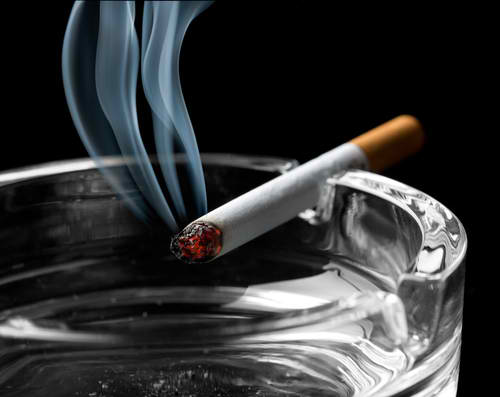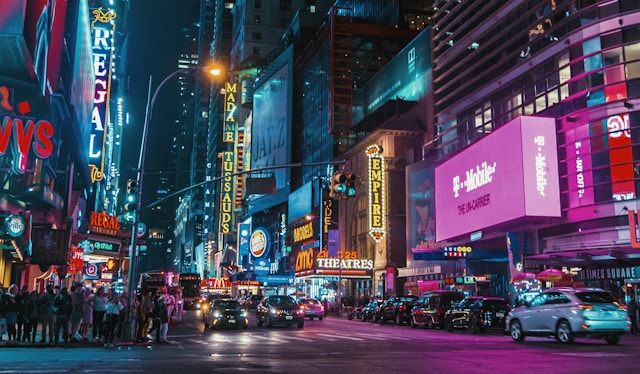
The Probability Broach, chapter 6
To recap the previous chapter: After escaping a gun battle with government thugs, Win Bear found himself in an unfamiliar futuristic city where everyone is armed. While trying to get his bearings, he found someone listed in a phone directory with the same name as him. He resolved to go visit his doppelganger and get some answers, but right on the doorstep of his destination, he was gunned down by a black hovercraft.
This chapter begins with him regaining awareness in the middle of surgery, with three vague shapes looming over him:
Ever wake up in a darkened room and a soft bed, with a headache clear down to your knees? My arms wouldn’t move. When I inhaled, sharp pains skewered me from spine to sternum. I was alive, but leaking.
“Hold these,” the first voice, softly feminine, said. “And feed them into the cutter. We’ll have to remove it all, I’m afraid.” Sound of rasping, scraping. Whatever they were chopping off, I hoped I wouldn’t sing falsetto afterward.
The doctors (or whoever they are) remark on how bad his health is, even beyond the bullet holes:
“Such crude dental prosthetics! And he’s in advanced geriosis—see the swollen belly, the sagging tissue around the eyes? What little hair he has is turning gray!
…you should see the scanner—poisonous congestion, ulceration. And the arteries! Even without these bullets in him… he’d be gone in another ten years.”
They notice he’s conscious, and a masculine voice asks him who he is. Win still thinks he’s been flung into the future and that there was a world war in the interim, which accounts for why everything looks so unfamiliar. He tries to explain:
I tried to clear my vision. The guy looked enough like me to get drafted in my place. “Win Bear… Lieutenant, Denver—used to be a city, sixty miles south. Only it’s gone! Blown to—” I stopped, breathing heavily against withering pain. “I’m, well, from the past—a time traveler!”
He frowned perplexedly. Nothing was wrong with my vision. I could make out every hair in his bushy, very familiar eyebrows. “Friend, sixty miles south of here, there’s only Saint Charles Town. Been there, oh, 125 years. Nothing but buffalo before that.”
Win is baffled, and in too much pain to come up with any other explanation. The people treating him are merciful:
“We’re at redline already. The painkillers just aren’t working.”
“What painkillers?” I wheezed past the red-hot pokers in my chest.
… “I give up,” the beautiful voice said. “Lucy, electrosleep—out in a van, a blue case under the regenerator.”
One of the people tending to him comes back with what looks like a tiny gun. She presses it against his neck, and he’s instantly unconscious.
L. Neil Smith did something clever in this section. However, that cleverness is in service of covering up an unsavory political implication, given the realities of human nature. He’s pulled off an authorial sleight of hand to paper over what would otherwise be a glaring, obvious problem with his preferred brand of society.
Here’s the problem: In an anarcho-capitalist world, what would most people do if they heard gunshots outside and found a stranger bleeding to death on their doorstep? Wouldn’t they be more likely to conclude that this is someone else’s feud and they don’t want to get involved?
Would you be eager to take a dying stranger into your house and treat them at your own expense, knowing that some unknown party wants them dead, and knowing there are no police to call if you become the killer’s next target for helping their intended victim? Isn’t it more likely that the average person would say, “This is none of my business, I’m staying out of it”?
The clever part is that Smith concocts one of the very few plausible justifications for involving yourself in a scenario like this. Namely, the owner of this house – the other Win Bear – would naturally be shocked to see his identical twin. He’d want to save the stranger’s life so he can find out what the heck is going on.
Obviously, that’s not going to happen in a realistic world that doesn’t have parallel-universe portals. If not for that only-in-fiction happenstance, the bad guys would have won. Win knows who they are and what they want, but no one else in this world does. If they had killed him, nobody would have stopped them, or even tried to. They would have succeeded with their evil world-domination scheme.
After all, in an anarcho-capitalist society, there’s no government. There are no police. There’s nobody whose job it is to investigate a corpse in the gutter. There could be private detectives (the other Win Bear is one), but obviously, a dead person isn’t going to pay to find out who killed them.
True, if a murder victim has family or close friends, they might hire someone to track down the killer. But that’s just another way of saying that, in this world, access to justice depends on having rich friends. If you have no one who’s willing to avenge you, or no one who can afford to, anyone can kill you without consequences.
In a later chapter, Smith has a handwavy answer to this. He says there are “professionally neutral” civil liberties organizations who investigate unsolved crimes as a pro bono service, “just to make sure no one can murder some friendless wino”.
OK, maybe. But in a society where profit drives everything, how much of a budget do you think they’re going to devote to that, and how high a priority are they going to put on those cases?
New reviews of The Probability Broach will go up every Friday on my Patreon page. Sign up to see new posts early and other bonus stuff!
Other posts in this series:




